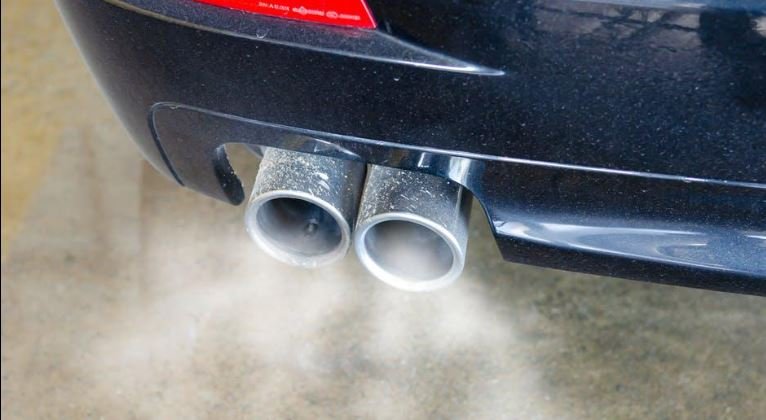Choosing between aftermarket vs OEM exhausts can significantly impact your vehicle’s performance, sound, and overall driving experience. Both options have their advantages and drawbacks, making it essential to understand their differences to make an informed decision. This guide will explore the key aspects of aftermarket and OEM exhausts, including performance, cost, durability, and customization options.

1. What Are OEM Exhausts?
OEM (Original Equipment Manufacturer) exhausts are the exhaust systems that come with your vehicle when it leaves the factory. These parts are designed and manufactured by the car’s maker or an authorized supplier to meet specific standards and regulations. OEM exhausts ensure compatibility and reliability.
2. What Are Aftermarket Exhausts?
Aftermarket exhausts are produced by third-party manufacturers. These exhaust systems offer a range of options beyond the original equipment, often focusing on enhancing performance, sound, or aesthetics. Aftermarket exhausts can be tailored to suit different needs and preferences, providing more variety and customization.
3. Performance Differences
Aftermarket exhausts often provide performance benefits over OEM systems. Many aftermarket options feature improved airflow and reduced backpressure, which can enhance horsepower and torque. High-performance materials and designs contribute to these gains. Conversely, OEM exhausts prioritize meeting regulatory standards and providing a balance between performance, noise, and emissions.
4. Sound Quality and Customization
Sound quality is a significant factor for many car enthusiasts when choosing an exhaust system. Aftermarket exhausts offer a wide range of sound profiles, from deep, throaty rumbles to aggressive roars. This customization allows drivers to select an exhaust note that matches their personal style. OEM exhausts, on the other hand, are designed to maintain a quieter and more controlled sound, adhering to manufacturer specifications.
5. Cost Considerations
Cost is another critical factor in the decision-making process. OEM exhausts typically cost more due to their brand association and the rigorous testing they undergo. Aftermarket exhausts vary widely in price, offering budget-friendly options as well as high-end performance systems. While aftermarket parts can be more affordable, high-quality aftermarket exhausts that provide significant performance gains can be expensive.
6. Durability and Quality
Both OEM and aftermarket exhausts offer varying levels of durability. OEM exhausts are designed to last as long as the vehicle, using materials that resist rust and corrosion. Aftermarket exhausts, particularly those made from stainless steel or titanium, can offer enhanced durability and longevity. However, lower-quality aftermarket exhausts may not match the longevity of OEM systems.
7. Emissions and Legal Considerations
OEM exhausts comply with all emissions and noise regulations, ensuring that your vehicle remains street-legal. Aftermarket exhausts, while offering performance and sound benefits, may not always meet local emissions and noise laws. It’s crucial to research and select an aftermarket exhaust that complies with regulations in your area to avoid legal issues and potential fines.
8. Installation and Compatibility
Installing an OEM exhaust is generally straightforward, as it is designed specifically for your vehicle. Aftermarket exhausts may require modifications or additional components for proper fitment. While many aftermarket systems offer easy bolt-on installation, some may need professional installation to ensure optimal performance and fit.
9. Warranty and Support
OEM exhausts come with the vehicle manufacturer’s warranty, providing peace of mind and coverage for defects. Aftermarket exhausts typically come with their own warranties, which vary by manufacturer. It’s essential to check warranty terms and ensure that aftermarket modifications do not void your vehicle’s original warranty.
10. Conclusion
Choosing between aftermarket and OEM exhausts depends on your priorities, whether they are performance, sound, cost, or compliance. OEM exhausts offer reliability and regulatory compliance, while aftermarket exhausts provide customization and potential performance enhancements. Understanding these factors helps you make an informed decision that aligns with your vehicle’s needs and your driving preferences.




